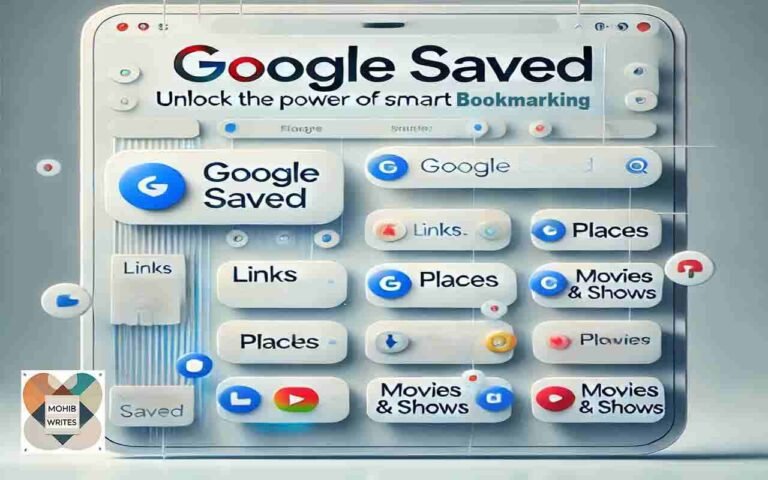Google Scholar, a widely-used tool among researchers globally, began as the brainchild of two researchers. Launched in 2004, the platform’s journey started with physically delivering hard drives to gather data. Two decades later, it has embraced AI to enhance user experience. To celebrate its 20th anniversary, here are 20 intriguing facts about Google Scholar’s history, its uses, and the latest features it offers.
The Early Days
1. A humble start with a small team
The team started small—just with the two members Alex Verstak and Anurag Acharya. Back in 2004, accessing academic resources was tricky and often restricted behind paywalls. Their mission was to simplify the process, enabling researchers to easily find and access the work of their peers. After nine intense months of development, Google Scholar was born, making research discovery accessible and convenient.
2. The “Sneakernet” days
During Scholar’s early days, slow and unreliable internet connections posed challenges. To overcome this, they used a low-tech solution dubbed the “Sneakernet.” Publishers would load articles onto physical hard drives, and they (team) would personally collect them to build their digital library.
3. A baby set the launch deadline
With Thanksgiving approaching and Alex expecting the birth of his son Nicholas, the team was under pressure. Alex was about to take paternity leave, but the work wasn’t done. Determined not to miss the baby’s birth or delay the launch, they pulled all-nighters to finish on time.
4. The product motto honors researchers
Their product motto, “Standing on the shoulders of giants,” reflects the collaborative spirit of the academic community. It highlights how discoveries build on previous knowledge. Scholar’s mission is to empower researchers globally by offering access to this collective wisdom.
5. Aiming for comprehensive research access
Think of Scholar as a vast library containing books, journal articles, theses, and more from around the world, in multiple languages. This extensive database includes peer-reviewed academic resources, conference papers, technical reports, and even preprints.
Features Available on Scholar
6. AI-enhanced reading tools
They recently introduced AI outlines in Scholar’s PDF Reader to make reviewing research more efficient. The reader offers a one-click preview of cited articles, links to figures, tables, and related content. The AI outlines allow users to quickly grasp a paper’s main points or dive into detailed sections like methods and results.
7. Explore legal cases with ease
Scholar’s “Case law” button simplifies access to U.S. legal documents. Historically, accessing legal texts was difficult, but Scholar now provides a comprehensive collection of case law. Simply select “Case law” under the search bar, type your query, and start exploring.
8. Citations made easy
Formatting bibliographies can be tedious, but not with Scholar. Clicking the “cite” button generates ready-to-use citations in various styles. Choose the format you need, and you’re good to go!
9. Celebrate milestones with Google Scholar
We understand the effort it takes to achieve research milestones. Scholar celebrates users’ citation achievements with balloon displays on its homepage, recognizing their hard work and dedication.
Tools and Tricks for Maximizing Scholar
10. Expand your research reach
Google Scholar collaborates with libraries and publishers worldwide to offer subscription-based articles directly in search results. If a free version is available—like a preprint—Scholar points you to it as well.
11. Create a personal research library
Save articles to your personalized library with a single click. Organize your research into custom folders and access your library from anywhere with an internet connection.
12. Stay updated as a “research superfan”
In academia, staying current is essential. Scholar lets you follow specific authors, sending you email alerts whenever they publish something new. This feature helps researchers and students track trends, debates, and significant discoveries by their peers—or even competitors.
13. A pandemic-driven innovation
During the COVID-19 pandemic, many researchers lost access to campus libraries due to lockdowns. Thanks to Scholar’s off-campus access program, built in collaboration with publishers, researchers could continue their work remotely. This innovation contributed to an increase in published papers between 2020 and 2021.
Unexpected Uses of Google Scholar
14. Reconnecting with family history
One of their former teammates used Scholar to rediscover an article her father had published 40 years ago. The forgotten research on acute histoplasma pericarditis became a touching reminder of her family’s academic legacy.
15. Love letters from students
Students, especially during finals season, have shared their gratitude for Scholar. Some have even humorously proposed marriage on social media, expressing their affection for the platform.
Quirky Finds on Google Scholar
16. Legal cases with flair
Some legal opinions on Scholar are written with creative twists. For instance, in the U.S. v. Syufy Enterprises case, Judge Kozinski cleverly included over 200 film titles in his opinion. Such opinions range from song lyrics to detective story styles.
17. The briefest research abstract
Ever seen a two-word research abstract? Physics researchers once published an abstract saying just, “Probably not.” It’s a prime example of academic brevity at its best.
18. A feline co-author
In an amusing instance, a Siamese cat named Chester (pen name: F.D.C. Willard) co-authored a paper titled Two, Three, and Four-Atom Exchange Effects. This came about because the human author, Jack Hetherington, mistakenly used “we” throughout the paper instead of “I.”
19. Unexpected research combinations
COVID-19 influenced research across countless fields. From “chocolate and COVID” to “comics and COVID,” researchers explored the pandemic’s intersection with diverse topics, showcasing creativity and curiosity.
20. A record-breaking collaborative paper
One paper on measuring the Higgs boson involved over 5,000 authors, with 24 pages listing everyone’s contributions. It’s a testament to the collaborative nature of science, truly demonstrating that some discoveries take a global village.







